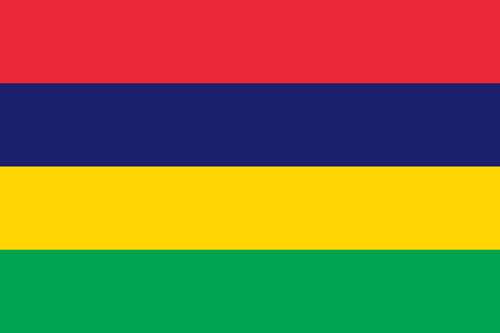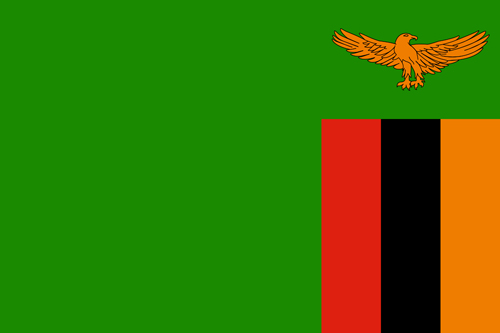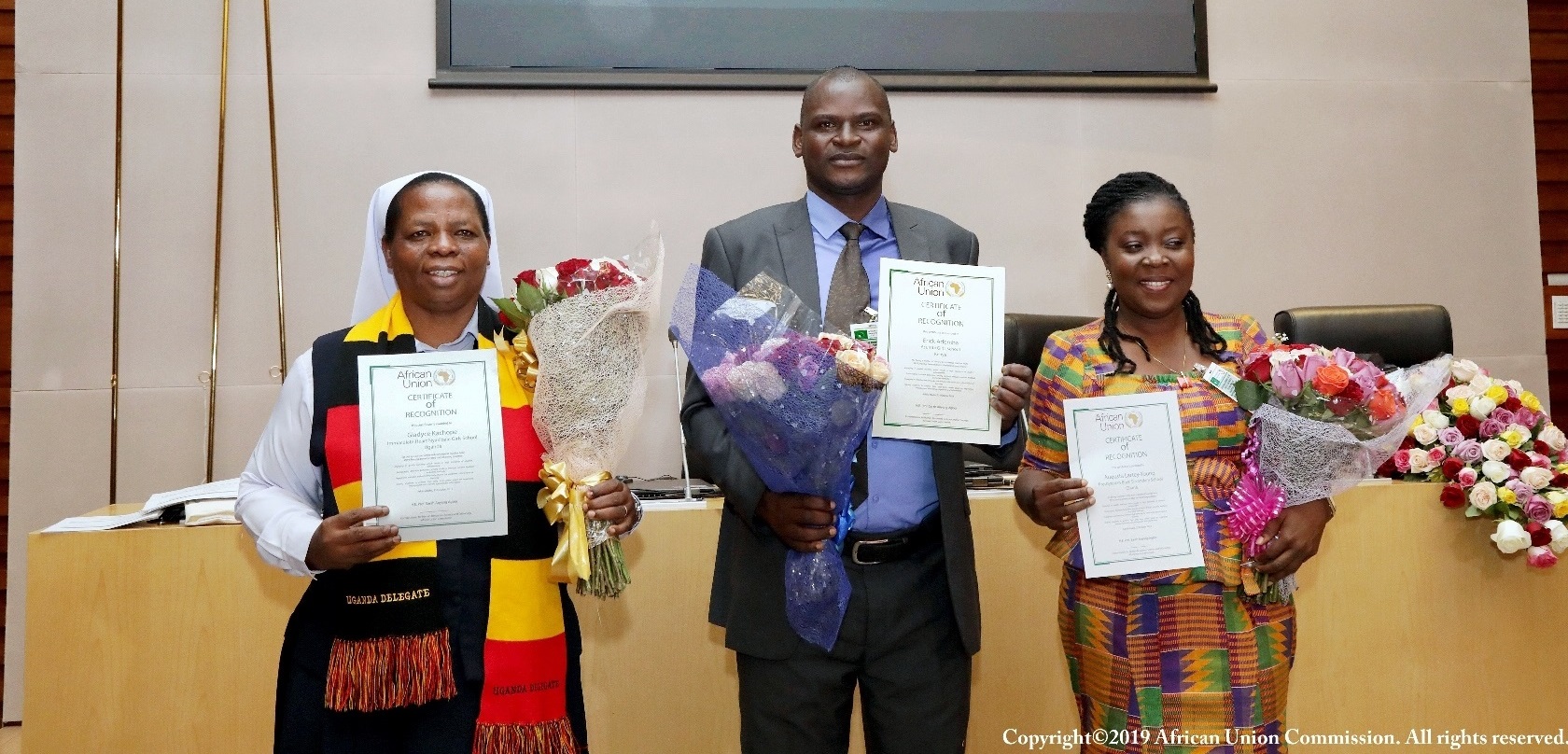
The information provided below was submitted as at 2020-12-31 09:08:38 by the Mrs Maya Soonarane of Mauritius in responding to the AU Survey of Member States response to the Reopening of Educational Institutions during COVID-19. The information is solely for experience sharing purposes and not to be used for other purposes without express permission of the African Union Commission.
| Country | Mauritius |
| Ministry | Mrs Maya Soonarane |
| Education level handled by the Ministry | Pre-School, Primary, Secondary, Tertiary Education |
| What estimated percentage of Preschool have reopened for in-person learning? | 90-100 |
| What estimated percentage of Primary Schools have reopened for in-person learning? | 90-100 |
| What estimated percentage of Secondary Schools have reopened for in-person learning? | 90-100 |
| What estimated percentage of Universities have reopened for in-person learning? | 90-100 |
| What estimated percentage of Technical and Vocational Education and Training Institutions have reopened for in-person learning? | |
| Challenges which have been faced in the reopening of educational institutions for in-person learning |
Getting back on track with the school curriculum; |
| Is there a system to trace, treat and contain the spread of COVID-19 in educational institutions? | {Is there a system to trace treat and contain the spread of COVID-19 when schools are reopened:value} |
| Description of the system for tracing, treating and containing the spread of COVID-19 in educational institutions. | A Protocol was established with strict measures regarding treating the spread of CIVID-19 namely: (i) regular cleaning and disinfection of schools, classrooms and high-touch places (ii) regular hand sanistisation, contactless temperature checks, the mandatory wear of masks for students and personnel, regular hand washing practices (iii) social distancing, staggered breaks, cancellation of morning assemblies and other school activities that require crowd gathering (iv) designation of an isolation room for suspected cases |
| Has there been an increase or decrease in the national budget allocation for education as a result of the COVID-19 pandemic? | {Has there been an adjustment in the national budget for education as a result of the COVID 19 pandemic:value} |
| Please indicate the extent of increase or decrease in the national budget allocation for education budget as a result of COVID-19? | No significant change |
| Has there been an assessment of the impact of COVID-19 on students while educational institutions were closed? | No |
| Summary of the findings of the assessment of impact of COVID-19 on students while educational institutions were closed | |
| Adjustments that have been made in operations of educational institutions upon reopening |
Regular handwashing by students and teachers, Students and teachers wear masks, Suspension of field events and excursions, Regular disinfection of frequently touched areas in educational institutions (at least once a day); |
If you are interested in contacting the Ministry for further information, please contect This email address is being protected from spambots. You need JavaScript enabled to view it.. Please note that any secondary use of this data is not allowed without seeking express permission of the African Union Commission.

The information provided below was submitted as at 2020-12-15 22:39:43 by the Gabriel Konayuma of Zambia in responding to the AU Survey of Member States response to the Reopening of Educational Institutions during COVID-19. The information is solely for experience sharing purposes and not to be used for other purposes without express permission of the African Union Commission.
| Country | Zambia |
| Ministry | Gabriel Konayuma |
| Education level handled by the Ministry | Tertiary Education, TVET |
| What estimated percentage of Preschool have reopened for in-person learning? | |
| What estimated percentage of Primary Schools have reopened for in-person learning? | |
| What estimated percentage of Secondary Schools have reopened for in-person learning? | |
| What estimated percentage of Universities have reopened for in-person learning? | 90-100 |
| What estimated percentage of Technical and Vocational Education and Training Institutions have reopened for in-person learning? | 90-100 |
| Challenges which have been faced in the reopening of educational institutions for in-person learning |
Logistical requirements, Financial burden, Getting back on track with the school curriculum; |
| Is there a system to trace, treat and contain the spread of COVID-19 in educational institutions? | {Is there a system to trace treat and contain the spread of COVID-19 when schools are reopened:value} |
| Description of the system for tracing, treating and containing the spread of COVID-19 in educational institutions. | Educational institutions put in place mechanisms for checking temperature of all students and staff as well as visitors to the institutions. Students and staff that had COVID-19 related symptoms were advised not to report to the educational institutions, but seek treatment and testing before reporting. Frequent hand-washing, sanitsing as well as social distancing in classes, workshops and hostels has been done. Senstistation through posters and talks by health officials was also done. In addition, re-opening was done in a phased manner with students in examination classes being the first to re-open. |
| Has there been an increase or decrease in the national budget allocation for education as a result of the COVID-19 pandemic? | {Has there been an adjustment in the national budget for education as a result of the COVID 19 pandemic:value} |
| Please indicate the extent of increase or decrease in the national budget allocation for education budget as a result of COVID-19? | No significant change |
| Has there been an assessment of the impact of COVID-19 on students while educational institutions were closed? | No |
| Summary of the findings of the assessment of impact of COVID-19 on students while educational institutions were closed | |
| Adjustments that have been made in operations of educational institutions upon reopening |
Regular handwashing by students and teachers, Reduced number of students per classroom, Students and teachers wear masks, Suspension of field events and excursions, Regular disinfection of frequently touched areas in educational institutions (at least once a day); |
If you are interested in contacting the Ministry for further information, please contect This email address is being protected from spambots. You need JavaScript enabled to view it.. Please note that any secondary use of this data is not allowed without seeking express permission of the African Union Commission.

The information provided below was submitted as at 2020-12-07 10:40:55 by the Mr. Amos Mulenga Mumba of Zambia in responding to the AU Survey of Member States response to the Reopening of Educational Institutions during COVID-19. The information is solely for experience sharing purposes and not to be used for other purposes without express permission of the African Union Commission.
| Country | Zambia |
| Ministry | Mr. Amos Mulenga Mumba |
| Education level handled by the Ministry | Tertiary Education, TVET |
| What estimated percentage of Preschool have reopened for in-person learning? | |
| What estimated percentage of Primary Schools have reopened for in-person learning? | |
| What estimated percentage of Secondary Schools have reopened for in-person learning? | |
| What estimated percentage of Universities have reopened for in-person learning? | 90-100 |
| What estimated percentage of Technical and Vocational Education and Training Institutions have reopened for in-person learning? | 90-100 |
| Challenges which have been faced in the reopening of educational institutions for in-person learning |
Logistical requirements, Financial burden, Getting students back to school, Other (to be specified); In Zambia, we are implementing blended learning with enhanced utilization of ICT infrastructure to offer E-Learning as a big component of delivering education to learners. Therefore, one of the biggest challenges has been capacity building for Universities, Colleges and TEVET Institutions to have sufficient resources to invest in requisite ICT infrastructure. |
| Is there a system to trace, treat and contain the spread of COVID-19 in educational institutions? | {Is there a system to trace treat and contain the spread of COVID-19 when schools are reopened:value} |
| Description of the system for tracing, treating and containing the spread of COVID-19 in educational institutions. | Regular checkups for students, staff and anyone entering the campus premises, contact details are kept for both students and anyone coming into the campus to facilitate contact tracing in an event of a suspected case. Universities and Colleges work closely with Local Authorities and Health Institutions designated to respond and deal with suspected cases. All students and staff on campus are required to wear masks at all times and carry hand sanitizers with them at all times. Universities and Colleges are required to place hand washing and temperature checking facilities at entrances to all buildings on campus. Sensitizations activities are regularly undertaken by COVID19 response teams that have been established at each of the Universities, Colleges and TEVET institutions around the Country. |
| Has there been an increase or decrease in the national budget allocation for education as a result of the COVID-19 pandemic? | {Has there been an adjustment in the national budget for education as a result of the COVID 19 pandemic:value} |
| Please indicate the extent of increase or decrease in the national budget allocation for education budget as a result of COVID-19? | No significant change |
| Has there been an assessment of the impact of COVID-19 on students while educational institutions were closed? | Yes |
| Summary of the findings of the assessment of impact of COVID-19 on students while educational institutions were closed | Preliminary findings have shown that Universities and Colleges were negatively impacted financially because they lost revenue from School fees, while they had to meet the fixed cost obligations. Switching to E-learning required emergency resources to acquire e-learning tools, training of some lecturers on how to develop content and utilize these platforms. Administering online exams was challenging especially with regard assuring the credibility of the exams. |
| Adjustments that have been made in operations of educational institutions upon reopening |
Regular handwashing by students and teachers, Reduced number of students per classroom, Shorter time spent in educational institutions, Students and teachers wear masks, Suspension of field events and excursions, Regular disinfection of frequently touched areas in educational institutions (at least once a day); |
If you are interested in contacting the Ministry for further information, please contect This email address is being protected from spambots. You need JavaScript enabled to view it.. Please note that any secondary use of this data is not allowed without seeking express permission of the African Union Commission.

The information provided below was submitted as at 2020-12-14 12:11:00 by the Jane Mubanga Chinkusu of Zambia in responding to the AU Survey of Member States response to the Reopening of Educational Institutions during COVID-19. The information is solely for experience sharing purposes and not to be used for other purposes without express permission of the African Union Commission.
| Country | Zambia |
| Ministry | Jane Mubanga Chinkusu |
| Education level handled by the Ministry | Tertiary Education, TVET |
| What estimated percentage of Preschool have reopened for in-person learning? | |
| What estimated percentage of Primary Schools have reopened for in-person learning? | |
| What estimated percentage of Secondary Schools have reopened for in-person learning? | |
| What estimated percentage of Universities have reopened for in-person learning? | 90-100 |
| What estimated percentage of Technical and Vocational Education and Training Institutions have reopened for in-person learning? | 90-100 |
| Challenges which have been faced in the reopening of educational institutions for in-person learning |
Logistical requirements, Financial burden, Getting back on track with the school curriculum, Getting students back to school, Other (to be specified); Learning space to achieve social distancing |
| Is there a system to trace, treat and contain the spread of COVID-19 in educational institutions? | {Is there a system to trace treat and contain the spread of COVID-19 when schools are reopened:value} |
| Description of the system for tracing, treating and containing the spread of COVID-19 in educational institutions. | There are National Guidelines under the Ministry of Heath. All institutions have been following these guidelines. There is continuous monitoring of body temperatures. When high temperature is confirmed the person is treated as a suspect and they have to be isolated and a sample is taken for COVID-19 testing. If it is confirmed that person starts treatment and contact tracing starts and every one of them is tested for COVID-19 |
| Has there been an increase or decrease in the national budget allocation for education as a result of the COVID-19 pandemic? | {Has there been an adjustment in the national budget for education as a result of the COVID 19 pandemic:value} |
| Please indicate the extent of increase or decrease in the national budget allocation for education budget as a result of COVID-19? | Increase by 10-29 percent, Decrease by 10-29 percent |
| Has there been an assessment of the impact of COVID-19 on students while educational institutions were closed? | No |
| Summary of the findings of the assessment of impact of COVID-19 on students while educational institutions were closed | |
| Adjustments that have been made in operations of educational institutions upon reopening |
Regular handwashing by students and teachers, Reduced number of students per classroom, Shorter time spent in educational institutions, Students and teachers wear masks, Suspension of field events and excursions, Regular disinfection of frequently touched areas in educational institutions (at least once a day); |
If you are interested in contacting the Ministry for further information, please contect This email address is being protected from spambots. You need JavaScript enabled to view it.. Please note that any secondary use of this data is not allowed without seeking express permission of the African Union Commission.

















